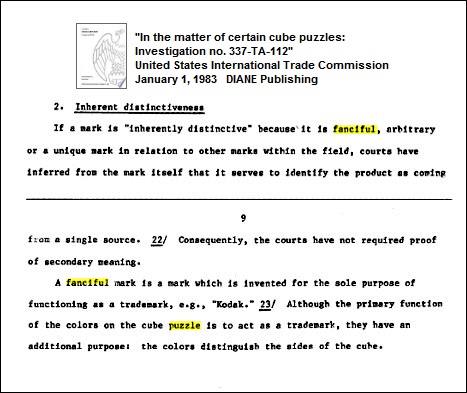I prefer The Pride of Lowell —
Some literary background— Doctor Sax.
See also this journal on Feb. 15, 2017 —
Related item from Arts & Letters Daily today —
Plato at Stanford:
Lacan and the Matheme of Fantasy
“… [in] the matheme of fantasy ($ ◊ a ),
the diamond-shaped “lozenge” (poinçon ) ◊
can be read as a condensation of four symbols:
one, ∧ (the logical symbol for conjunction [“and”]);
two, ∨ (the logical symbol for disjunction [“or”]);
three, > (the mathematical symbol for “greater than”); and,
four, < (the mathematical symbol for “less than”). As per
Lacan’s matheme, the subject’s desires are scripted and
orchestrated by an unconscious fundamental fantasy
in which the desiring subject ($) is positioned in relation to
its corresponding object-cause of desire ( a ).”
— plato.stanford.edu, Stanford Encyclopedia of Philosophy

The Stanford author:
The author is a professor in Albuquerque.
For other perspectives, see that city in this journal.
For the film authors, see IMDb.
See Shadowlands in this journal.
The film so titled was directed by Richard Attenborough,
President of the Royal Academy of Dramatic Art,
who reportedly died on Sunday, August 24, 2014.
“It’s all in Plato, all in Plato:
bless me, what do they
teach them at these schools!”
— C. S. Lewis
… With a trip to yesteryear suggested by
the Feb. 28 New York Times article
"Casting Shadows on a Fanciful World"
("Wes Anderson Evokes Nostalgia in
'The Grand Budapest Hotel' ").
"Again, Oscars for best director and best picture . . . ."
See also the previous post and a search for
"Plato thanks the Academy."
From "Plato Thanks the Academy," March 19, 2014 —
“Click on fanciful .”
A possible result —

See also "Triple Cross."
Wednesday, March 13, 2013
|
"I pondered deeply, then, over the
adventures of the jungle. And after
some work with a colored pencil
I succeeded in making my first drawing.
My Drawing Number One.
It looked something like this:
I showed my masterpiece to the
grown-ups, and asked them whether
the drawing frightened them.
But they answered: 'Why should
anyone be frightened by a hat?'"
* For the title, see Plato Thanks the Academy (Jan. 3).
In memory of Joan Rivers
This post was suggested by the previous post‘s quote
“the subject’s desires are scripted and orchestrated
by an unconscious fundamental fantasy,”
and by one of my favorite musical fantasies:
Melanie – Brand New Key (’71) .
Academics may prefer the following —
"Imbedding the God character in a holy book's very detailed narrative
and building an entire culture around this narrative
seems by itself to confer a kind of existence on Him."
— John Allen Paulos in the philosophy column "The Stone,"
New York Times online, Oct. 24, 2010
A related post from Log24 later that year—
Sunday, November 28, 2010
|
"Next come the crown of thorns and Jesus' agonized crawl across the stage,
bearing the weight of his own crucifix. And at last, after making
yet another entrance, Mr. Nolan strikes the pose immortalized
in centuries of art, clad in a demure loincloth, arms held out to his sides,
one leg artfully bent in front of the other, head hanging down
in tortured exhaustion. Gently spotlighted, he rises from the stage
as if by magic, while a giant cross, pulsing with hot gold lights,
descends from above to meet him. Mr. Lloyd Webber's churning guitar rock
hits a climactic note, and the audience erupts in excited applause."
— Charles Isherwood, review of "Jesus Christ Superstar" in today's New York Times
Other remarks on embedding —
Part I
Review of a new book on linguistics, embedding, and a South American tribe—
"Imagine a linguist from Mars lands on Earth to survey the planet's languages…."
— Chronicle of Higher Education , March 20, 2012
Part II
The Embedding , by Ian Watson (Review of a 1973 novel from Shakespeare's birthday, 2006)
The New York Times Magazine this morning on a seminar on film theory at Columbia University—
"When the seminar reconvened after the break, Schamus said, 'Let’s dive into the Meno,' a dialogue in which Plato and Socrates consider virtue. 'The heart of it is the mathematical proof.' He rose from his seat and went to the whiteboard, where he drew figures and scribbled numbers as he worked through the geometry. 'You can only get the proof visually,' he concluded, stepping back and gazing at it. Plato may be skeptical about the category of the visual, he said, but 'you are confronted with a visual proof that gets you back to the idea embedded in visuality.'"
The Meno Embedding

See also Plato's Code and
Plato Thanks the Academy.
Powered by WordPress